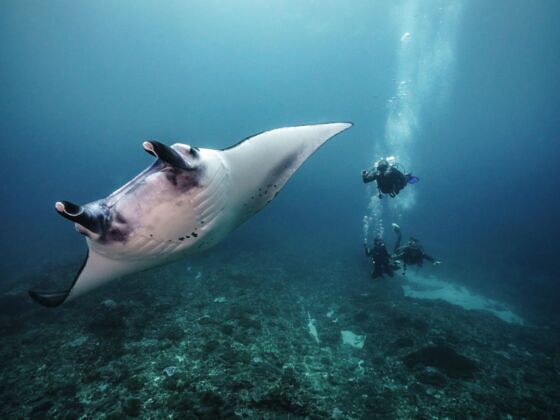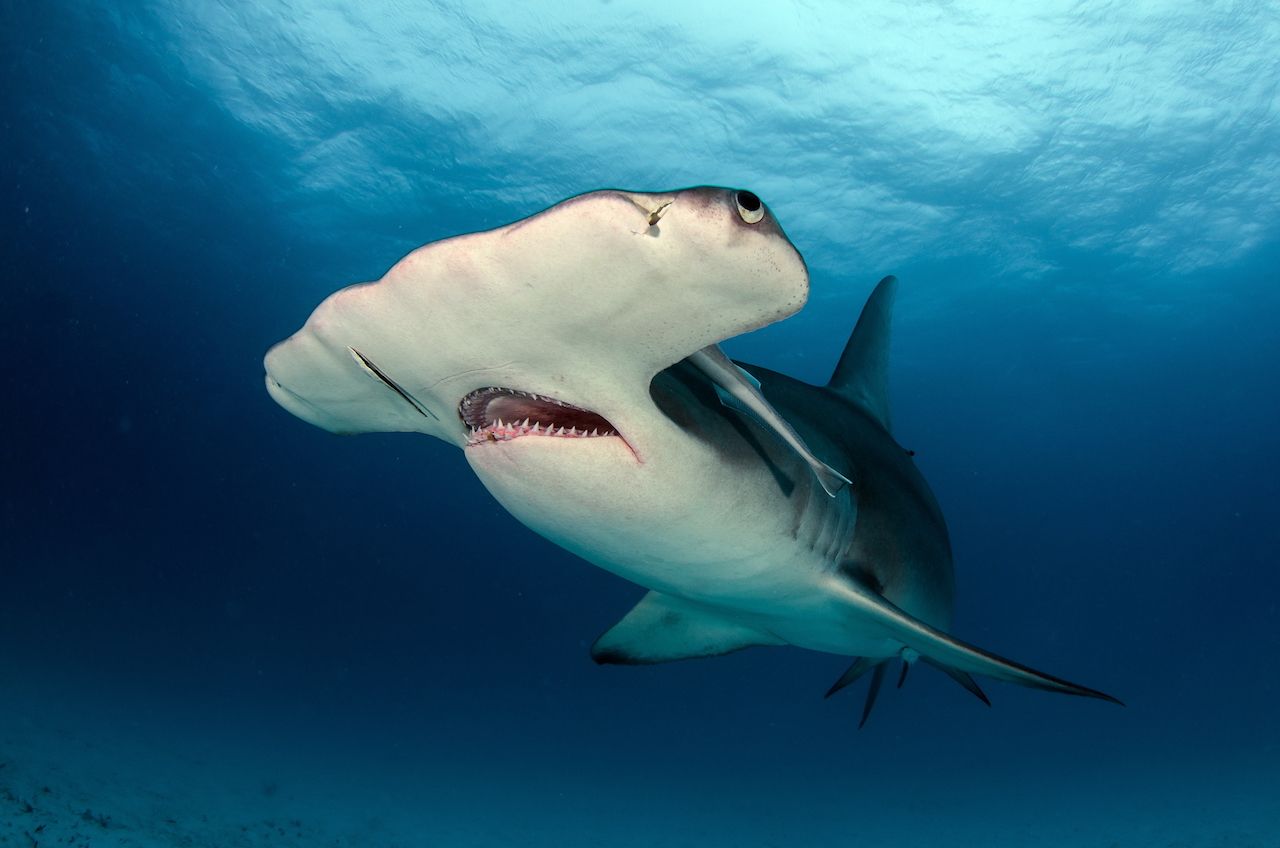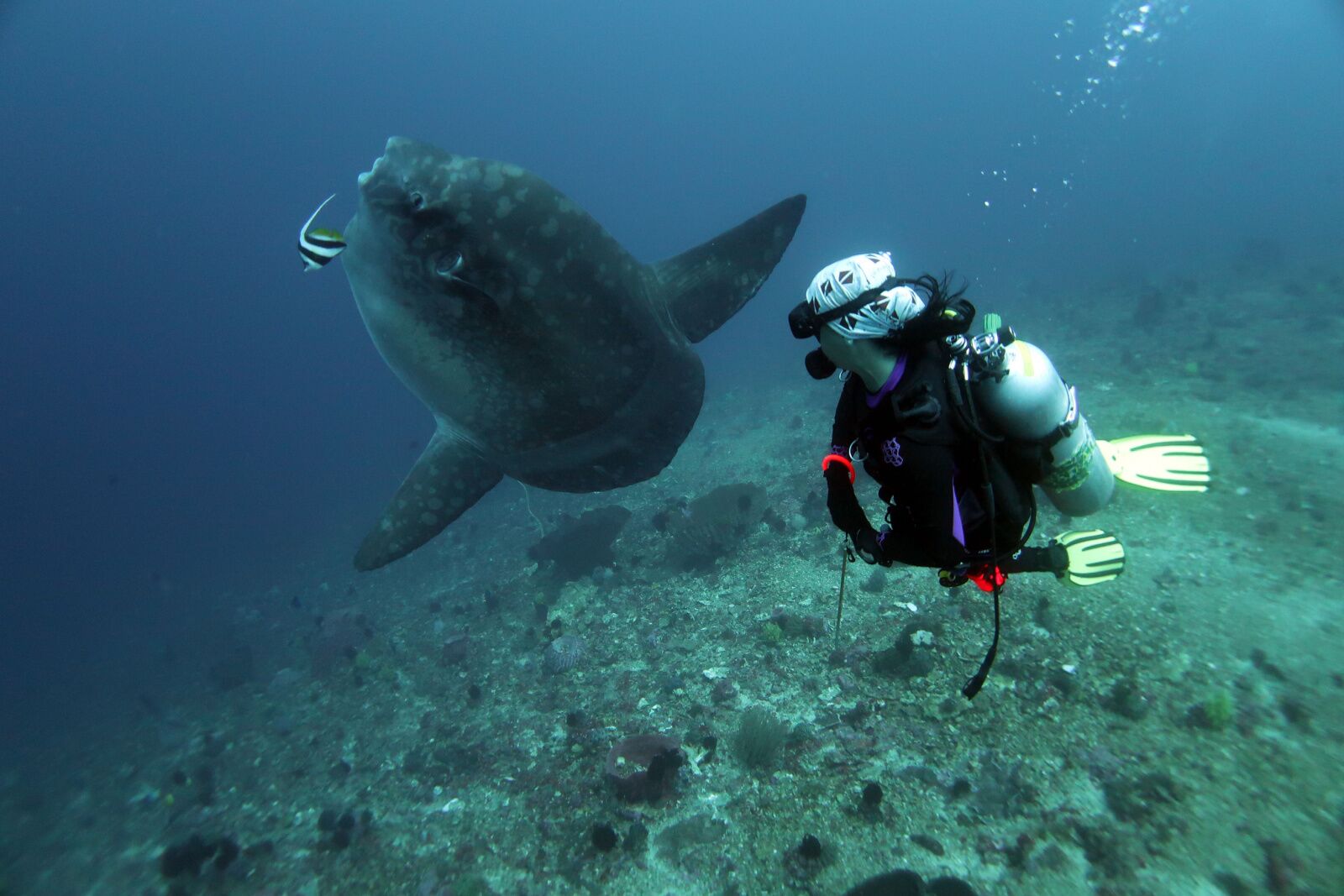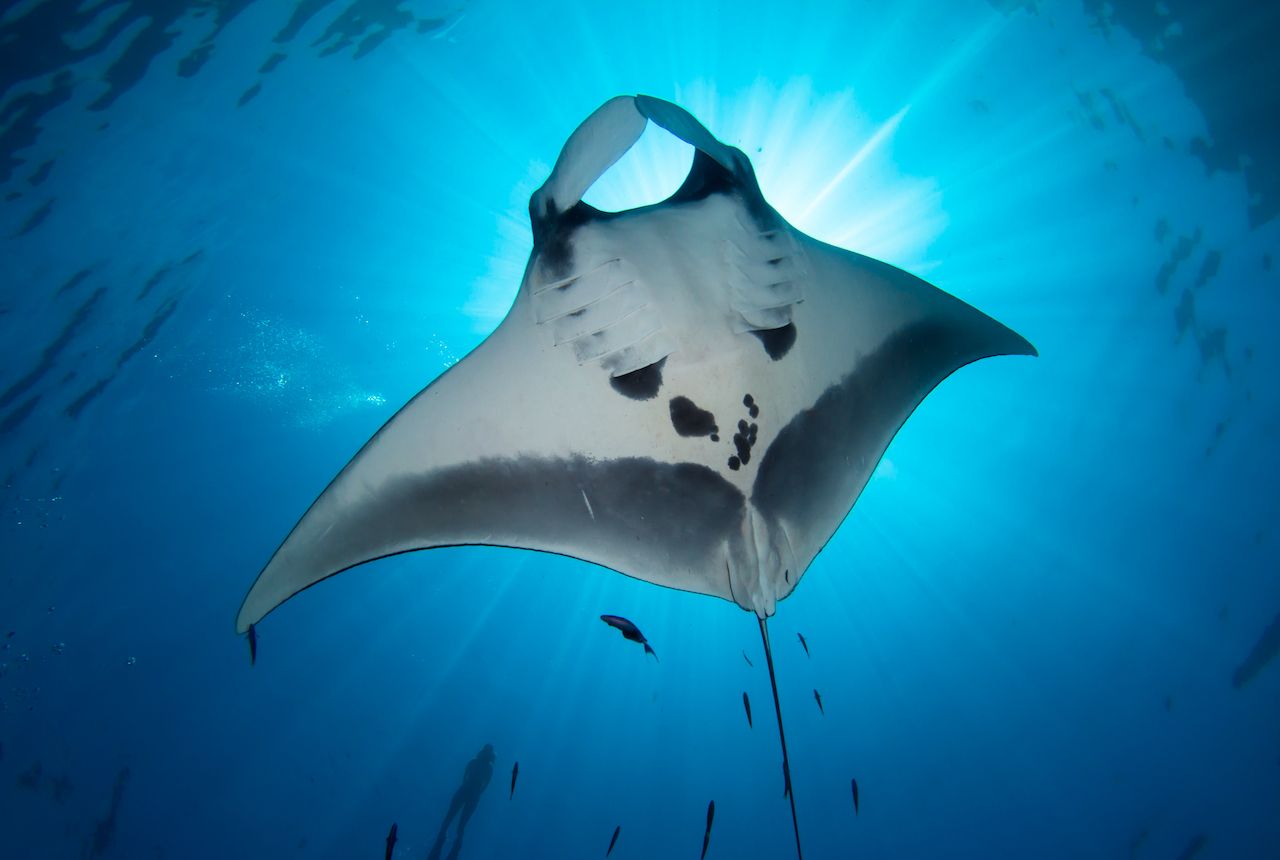Our planet is an amazing place, with thousands of wonderful, rare, and unusual creatures living among us. From anteaters to pangolins to the “pig deer” babirusas (Google it), humans are lucky to share our land with so many species.
But — that’s on land. Underwater, creatures get even weirder, without the limitations of pesky things like gravity or a need for sunlight. Some of the most mysterious animals in the world live in the ocean, and there are probably plenty more rare ocean animals we haven’t discovered, since only about five percent of the ocean has been explored.
The seven rare ocean animals below aren’t easy to find, so when you do manage to see them, consider yourself very, very lucky. And that goes for sharks. Shark attacks are incredibly rare and usually not fatal, and people kill hundreds of thousands of sharks per year. They should be afraid of us, not the other way around.
If you want to maximize your chances for seeing these rare creatures, do everything you can to protect the oceans, including simple things like using reef-safe sunscreen when you travel.







